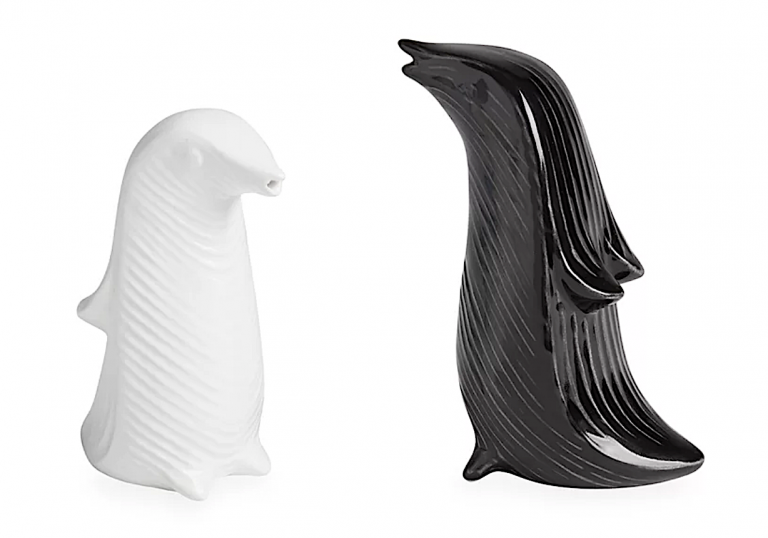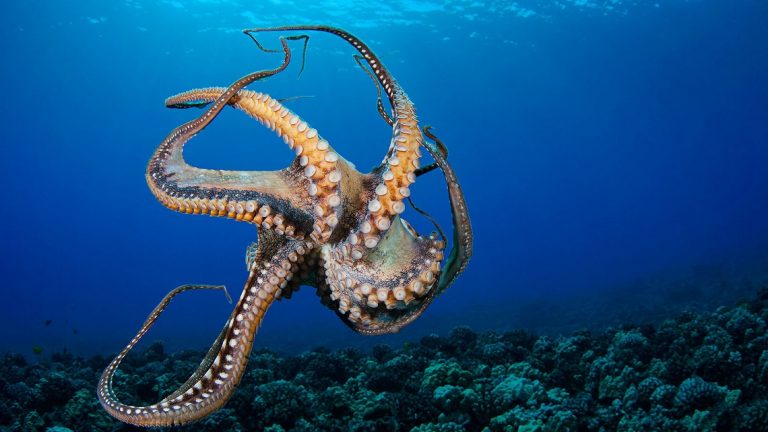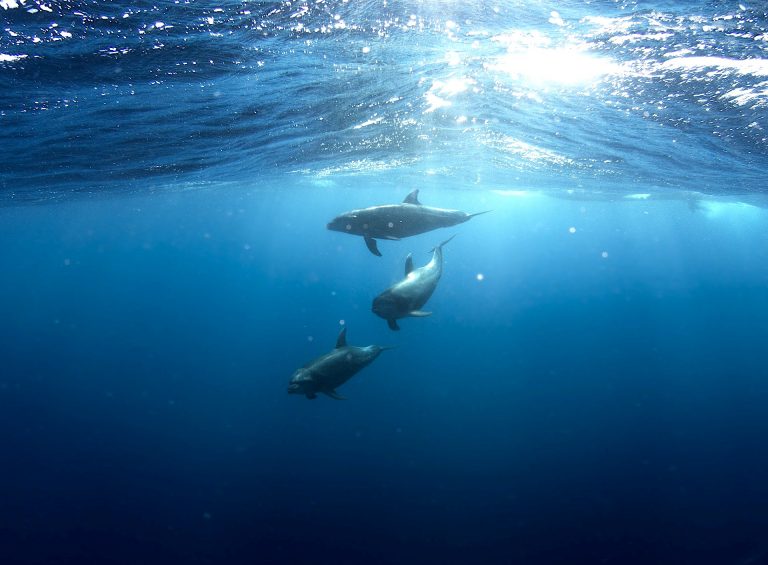Sealife Spotlight: 20 Shark Facts you Didn’t Know
As part of our continuing series, Sealife Spotlight, we want to highlight the shark. In this post we’ll share twenty interesting facts about the most famous fish in the ocean. Here’s one clear fact: calling a shark ‘just another fish’ is a big mistake. The world’s oceans cover over 70% of the planet, and these oceans make up 97% of all the water on Earth. And guess who is in the running for being the apex (read: king of the hill) predator across these oceans? Yes, our feared finned friend, the shark.
Children, adults, swimmers, non-swimmers, surfers, sun-worshippers, fisherman, researchers – you name it. No matter what your calling is in life and whether you spend much of it in or near the water, none of us want to meet either end of a shark. But most certainly not the side with multiple rows of teeth and one of the strongest, if not the strongest crushing jaw bite in the animal kingdom. And it doesn’t help (prey) that they make the top 10 list of fastest swimming fish in the ocean. Let’s take a look at 20 other intriguing facts that make the shark so special:
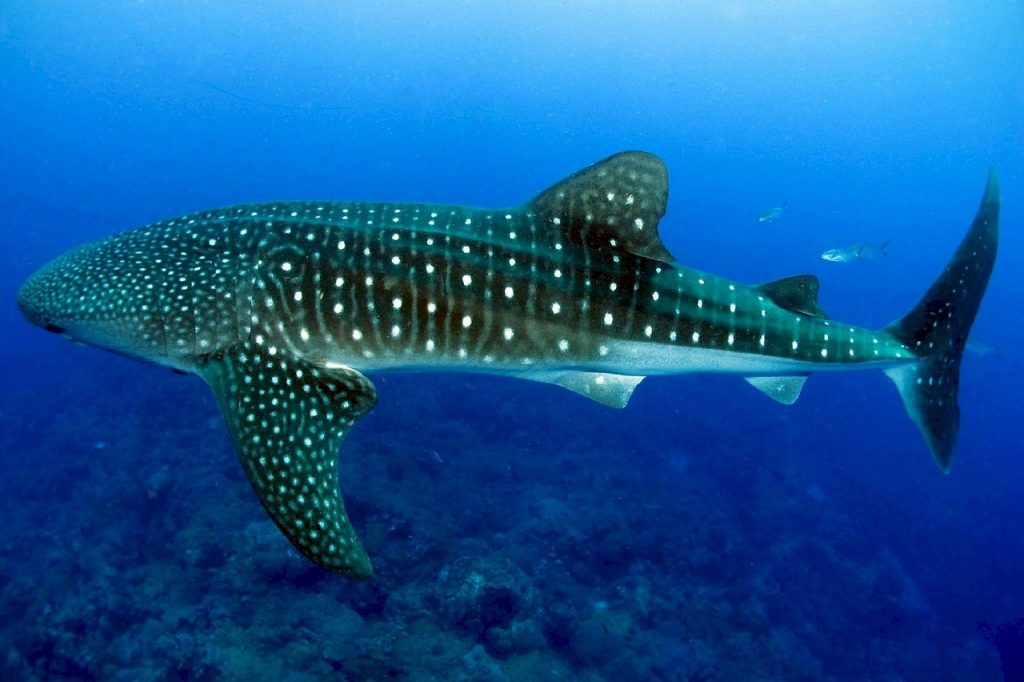
- Sharks come in all sizes, everything from the Dwarf Lantern shark that is barely the length of your hand to the Whale Shark that measures up against a city bus!

- We all know sharks are extraordinary hunters but did you know some sharks can go up to 3 months without having to eat after taking down a large meal? How’s that for stocking up.
- Stealth is one of the secret weapons of the skilled hunter, the shark. Sharks do not have any vocal cords so they do not have the ability to make sounds. This is why they are known as ‘silent killers.’
- Sharks have had millions of years to evolve into apex predators, and their sense of smell is one of their many assets. 2/3rds of the shark’s brain is dedicated to its sense of smell. They can smell one drop of blood amongst a million drops of water.

- Smell isn’t the shark’s only heightened hunting sense – they can hear a fish swimming over a mile away.
- Sharks are known for their crushing bite when they attack. It has been estimated by researchers that the bite force of a Great White shark is upwards of 4,000 pounds per square inch (PSI). For comparison, a tiger’s jaw generates around 1,000 PSI of bite force. The strongest (actual measured) animal bite is the Nile crocodile at 3700 PSI. Do you find it interesting researchers haven’t been brave / crazy enough to do an actual measurement on a Great White to confirm their estimate!
- When you’re designed to hunt with a powerful jaw full of teeth, you need to make sure you keep your tools sharp and ready. Sharks constantly replace and replenish their multiple rows of teeth. In fact, the average shark can go through 30,000+ teeth in their lifetime.
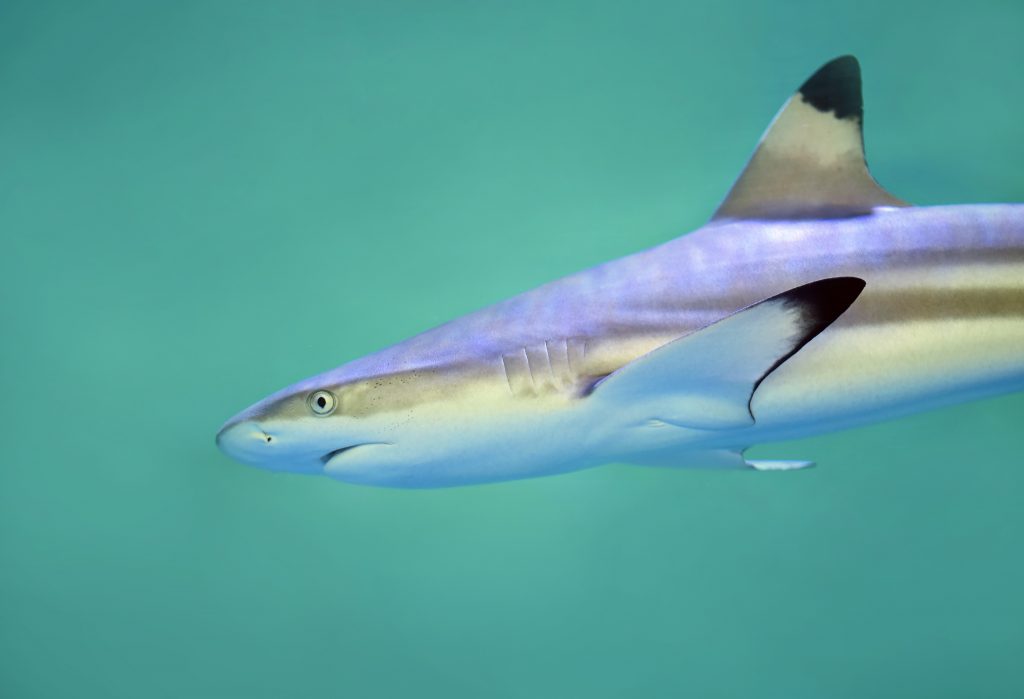
- Female sharks are usually larger than females and have thicker skin to withstand the ‘rough’ mating season. In fact, sharks have the thickest skin of any animal species, with some sharks having skin almost 6 inches thick!
- Sharks have unique scales compared to other bony fish. They are covered in tooth-like scales that are plated in smooth enamel, making for extremely low drag in the water. In contrast, other fish have flat, rough scales. The design of the shark skin is so efficient that it has been copied for experimental coatings on the hulls of military ships to conserve fuel and reduce barnacle growth.
- Sharks, like many fish, can detect electrical impulses in the water and uses this ability to navigate and detect prey. Some sharks are so sensitive they can detect the electrical impulse of a standard AA battery up to one mile away.
- The odd Hammerhead sharks’ oddly shaped head (cephalofoils) are not for ramming or physical attacks. They are specially equipped with electrical sensors that make them superior hunters when identifying prey.
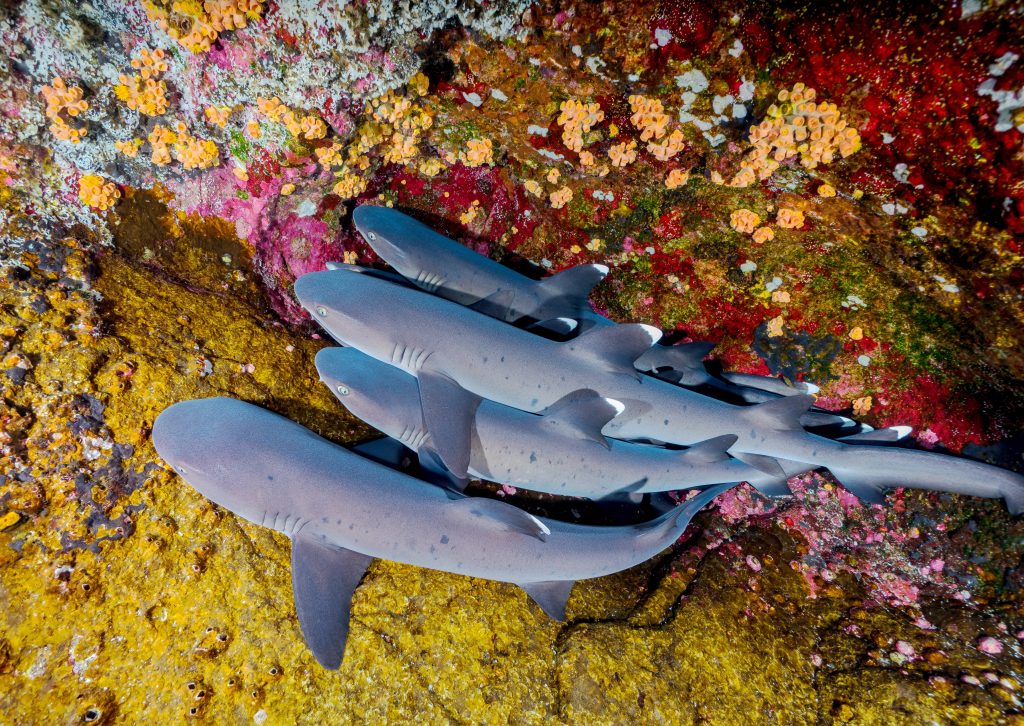
- Sharks are designed with the hydrodynamics of an underwater race car. And many professional race cars have done away with reverse gear since going backwards won’t win you any trophies. Swimming backwards won’t catch you that next big meal either so sharks are designed to only swim forward. This is because their fins are stiff and cannot be controlled by muscles like other fish.
- Sharks are found at all depths of the oceans, but the Portuguese Shark is interesting in that it can dive more than 1.5 miles, or 2.7 kilometres, below the surface of the ocean.
- Some sharks have extremely long pregnancies, some of the longest of any animal in fact. The gestation period can range from 5 months to almost 2 years (Spiny Dogfish)!
- A shark baby is called a ‘pup.’ The blue shark can give birth to up to 135 pups in one litter. That’s a busy mom!

- Here’s a fact that gives grisly new meaning to sibling rivalry. In some shark species, shark pups begin their hunting and killing before they are even born by consuming their weaker siblings inside their mother’s oviduct.
- Despite the perception that sharks are man-eaters, sharks don’t fare well against humans. Statistically speaking, for every human killed by a shark, two million sharks are unfortunately killed by humans for various reasons.
- Despite being some of the most feared apex predators in the ocean, nearly 75 species of sharks are on the endangered species list.
- The oldest known living species of shark is the Goblin shark that has been around for 120 million years. The second oldest is the Frilled shark that has been around for 80 million years!
- Unlike dogs, larger sharks tend to live longer lives than their smaller cousins. Even more unlike dogs, one of the largest sharks, the Greenland shark, can grow to 21 feet and is estimated to live upwards of 500 years!
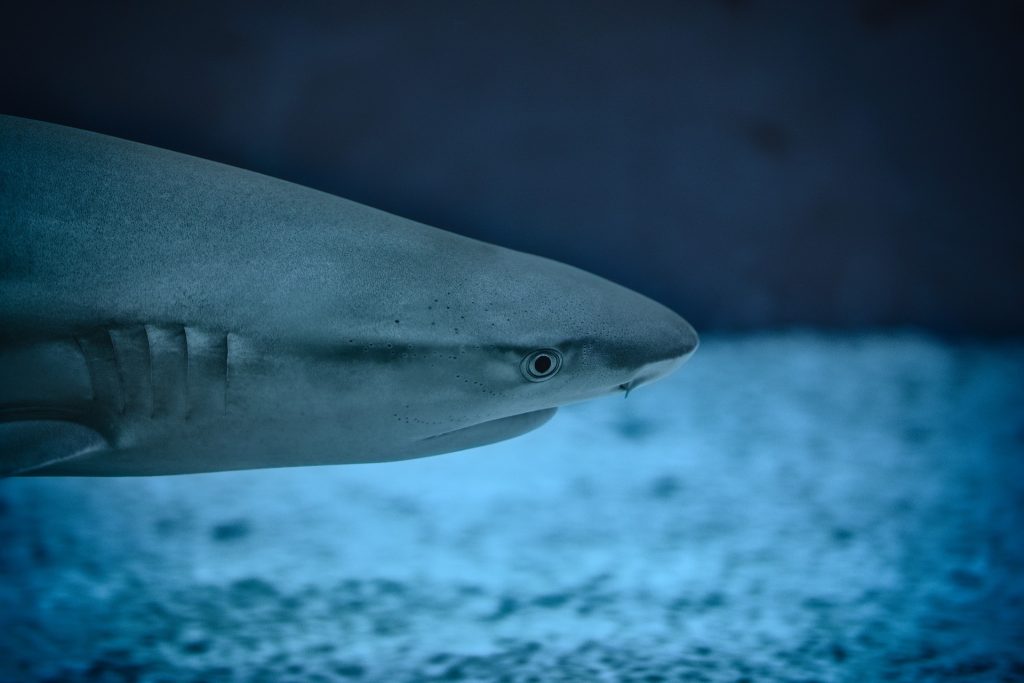
When people think about the most feared creature lurking in our oceans, the shark is undoubtedly one of the top contenders. Purposefully designed to hunt, kill and survive it has evolved over millions of years. It has developed some of the most unique, advanced features of the animal kingdom that enable it to dominate its environment. We hope that this list of interesting facts has given you a better appreciation for the unique family of fish that inspired the Hollywood star JAWS. And perhaps you will be inspired to continue learning more about them. We admire and respect them for their natural abilities, but usually from afar!
Interested in reading our other Sealife Spotlight series posts? Check them out:
20 Turtle Facts you Didn’t Know
20 Octopus Facts you Didn’t Know
If you have any questions, as always, please leave a comment or contact us. Thank you for reading!



